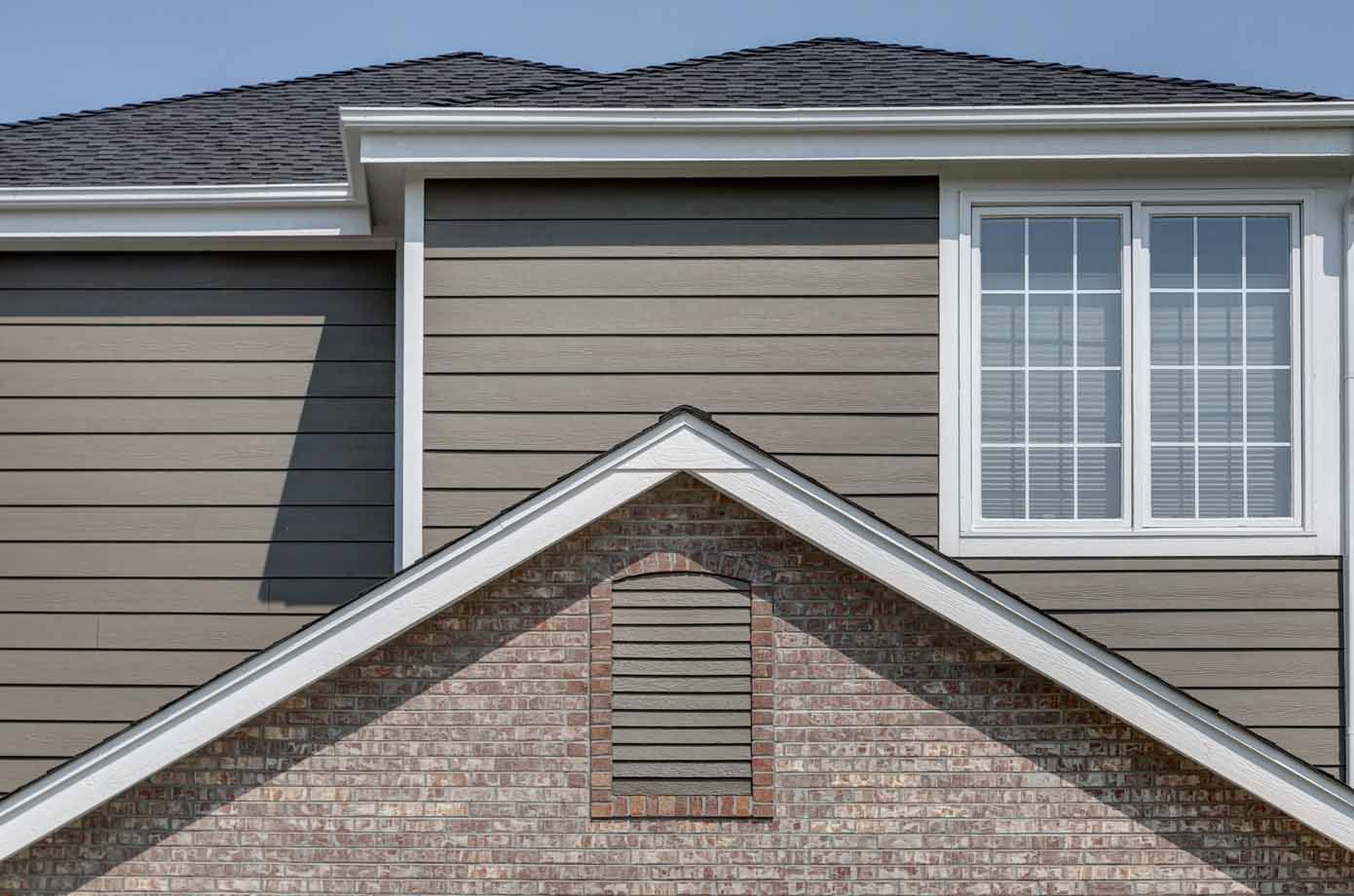

Articles
How Much Is Insulated Vinyl Siding
Modified: January 23, 2024
Looking for articles on how much insulated vinyl siding costs? Find out the latest prices and tips in our informative guide.
(Many of the links in this article redirect to a specific reviewed product. Your purchase of these products through affiliate links helps to generate commission for Storables.com, at no extra cost. Learn more)
Introduction
When it comes to home improvement projects, one area that often gets overlooked is the siding. Not only does siding enhance the curb appeal of your home, but it also plays a crucial role in protecting your house from the elements. If you’re considering updating your home’s exterior, insulated vinyl siding is a popular and cost-effective choice.
Insulated vinyl siding combines the durability and low maintenance of traditional vinyl siding with the added benefit of insulation. This type of siding has a layer of foam insulation adhered to the back, providing enhanced energy efficiency and noise reduction. Whether you’re looking to improve your home’s insulation or reduce outdoor noise, insulated vinyl siding offers a solution that can help meet your needs.
Before diving into the benefits and costs associated with insulated vinyl siding, it’s essential to understand how it works. The foam layer on the back of the siding panels acts as a barrier, preventing heat transfer between the interior and exterior of your home. This insulation helps regulate the temperature inside, reducing the strain on your heating and cooling systems and potentially lowering your energy bills.
Insulated vinyl siding comes in a variety of colors, styles, and textures, allowing you to choose an option that complements your home’s architecture and personal style. Additionally, it is resistant to rot, insects, and fading, making it a long-lasting and low-maintenance choice for homeowners.
Now that you have a basic understanding of what insulated vinyl siding is and how it functions, let’s dive deeper into the factors that influence its cost and the average price range you can expect to pay.
Key Takeaways:
- Insulated vinyl siding offers enhanced energy efficiency, noise reduction, and low maintenance, making it a cost-effective and durable choice for homeowners looking to improve their home’s exterior.
- Factors influencing the cost of insulated vinyl siding include the size of the home, quality of the siding, installation complexity, and additional features. Researching reputable contractors and considering long-term value are crucial for making an informed investment decision.
Read more: How Much Overlap On Vinyl Siding
Understanding Insulated Vinyl Siding
Insulated vinyl siding is a popular choice among homeowners due to its numerous benefits and cost-effectiveness. This type of siding is designed with a layer of foam insulation attached to the back, providing an additional thermal barrier and improving energy efficiency.
The foam insulation in insulated vinyl siding offers several advantages. Firstly, it helps to regulate temperatures inside the home, reducing heat transfer in the winter and keeping the house cooler in the summer. This can lead to significant energy savings by reducing the reliance on heating and cooling systems. Additionally, the insulation helps to minimize outdoor noise, creating a more peaceful and comfortable living environment.
Insulated vinyl siding provides an added layer of protection for your home. The foam insulation acts as a barrier against the elements, preventing moisture from seeping into the walls and causing damage. It also helps to reduce the risk of mold and mildew growth by preventing condensation from forming inside the walls.
In terms of aesthetics, insulated vinyl siding offers a wide range of options. It comes in various colors, textures, and styles, allowing homeowners to choose a look that suits their personal taste and complements the architectural style of their home. Whether you prefer a traditional clapboard style or a more modern and sleek appearance, there is an insulated vinyl siding option for you.
Maintenance is another key consideration when choosing siding for your home. Insulated vinyl siding is known for its low maintenance requirements. Unlike other types of siding, it does not need to be painted or stained regularly to maintain its appearance. A simple cleaning with a mild detergent and water is usually sufficient to keep it looking clean and fresh.
While the initial cost of insulated vinyl siding may be slightly higher compared to traditional vinyl siding, the long-term benefits and energy savings make it a worthwhile investment. The improved energy efficiency can result in lower utility bills, which can help offset the initial cost over time.
Overall, understanding insulated vinyl siding is essential when considering a siding replacement or installation project. It offers enhanced energy efficiency, noise reduction, protection against the elements, and a wide range of aesthetic options. With its durability and low maintenance requirements, insulated vinyl siding provides a cost-effective and attractive solution for homeowners.
Factors Affecting the Cost of Insulated Vinyl Siding
When considering the cost of insulated vinyl siding, there are several factors to take into account. Understanding these factors will help you determine the overall investment required for your siding project.
1. Size of the Home: The size of your home is one of the primary factors influencing the cost of insulated vinyl siding. The larger the area that needs to be covered, the more materials will be required, increasing the overall cost.
2. Quality of the Siding: The quality and brand of the insulated vinyl siding can significantly impact the cost. Higher-quality siding often comes with a higher price tag, but it also tends to be more durable and longer-lasting, providing better value in the long run.
3. Complexity of the Installation: The complexity of the installation process can affect the cost of insulated vinyl siding. If your home has unique architectural features, such as curves or angles, or requires extra prep work, the installation may take longer and require more labor, resulting in a higher cost.
4. Additional Features and Accessories: Adding additional features and accessories to your insulated vinyl siding can increase the cost. This includes options such as decorative trim, corner posts, and custom colors. While these extras can enhance the visual appeal of your home, they should be factored into your budget.
5. Removal of Existing Siding: If you have existing siding that needs to be removed before installing the insulated vinyl siding, there will be an additional cost associated with the removal and disposal of the old materials. The condition of the current siding and the ease of removal can also impact the overall cost.
6. Location and Accessibility: The location of your home and its accessibility can affect the cost of insulated vinyl siding. If your home is in a remote area or has limited access for construction equipment, the installation process may be more challenging and time-consuming, potentially increasing the cost.
7. Labor Costs: The cost of labor for the installation of insulated vinyl siding can vary depending on the contractor’s expertise and location. It’s important to obtain multiple quotes and compare prices to ensure you’re getting a fair and competitive rate.
8. Warranty and Long-Term Value: While the cost is an important factor, it’s also crucial to consider the warranty and long-term value of the insulated vinyl siding. Investing in a higher-quality product with a longer warranty can provide you with peace of mind and potentially save you money on future repairs or replacements.
By considering these factors, you will have a better understanding of the cost implications of an insulated vinyl siding project. It’s recommended to consult with a reputable siding contractor who can provide you with a detailed estimate based on your specific needs and requirements.
Average Cost of Insulated Vinyl Siding
The cost of insulated vinyl siding can vary depending on various factors, including the size of your home, the quality of the siding, and the complexity of the installation. On average, homeowners can expect to pay between $4 and $8 per square foot for insulated vinyl siding.
To give you a better idea of the cost, let’s consider an example. Suppose you have a 2,000 square foot home. At an average cost of $6 per square foot, the total cost for insulated vinyl siding would be around $12,000. However, it’s important to note that this is a rough estimate, and prices can vary depending on the specific factors mentioned earlier.
Keep in mind that the cost of insulated vinyl siding may be slightly higher compared to traditional vinyl siding. This is due to the additional layer of foam insulation attached to the back of the panels. However, the long-term benefits of improved energy efficiency and potential utility savings can make up for the initial investment.
When comparing quotes from different contractors, it’s essential to consider the quality of the materials and the warranty offered. Opting for higher-quality insulated vinyl siding may come with a higher upfront cost, but it can provide better durability and long-term value.
It’s also worth noting that the cost of insulated vinyl siding installation may or may not include the removal of existing siding. If you have old siding that needs to be removed, there may be an additional cost associated with the removal and disposal of the materials.
As with any home improvement project, it’s recommended to obtain multiple quotes from reputable contractors before making a decision. This will allow you to compare prices, materials, warranties, and overall value. In addition to cost, consider factors such as the contractor’s experience, customer reviews, and their ability to meet your specific needs and preferences.
Overall, the average cost of insulated vinyl siding ranges between $4 and $8 per square foot. However, it’s important to remember that this is just an estimate, and the final cost will depend on factors specific to your home and chosen materials. By carefully considering these factors and obtaining multiple quotes, you can make an informed decision and achieve the desired results for your home.
When considering the cost of insulated vinyl siding, it’s important to factor in the quality of the material, the size of the project, and any additional installation costs. Get multiple quotes from reputable contractors to ensure you’re getting a fair price.
Benefits of Insulated Vinyl Siding
Insulated vinyl siding offers homeowners a range of benefits that contribute to its popularity as a preferred choice for exterior home improvement projects. From energy efficiency to durability, here are some key advantages of insulated vinyl siding:
1. Enhanced Energy Efficiency: The foam insulation layer in insulated vinyl siding acts as an extra barrier against heat transfer, helping to regulate the temperature inside your home. This added insulation can significantly improve your home’s energy efficiency by reducing the reliance on heating and cooling systems. As a result, you may experience lower energy bills and a more comfortable living environment throughout the year.
2. Noise Reduction: The insulation layer in insulated vinyl siding also helps to deaden sound, providing a quieter indoor environment. This can be particularly beneficial if you live in a noisy neighborhood or near a busy road. The added noise reduction can enhance your quality of life by creating a peaceful and serene atmosphere inside your home.
3. Durability and Low Maintenance: Insulated vinyl siding is highly durable and requires minimal maintenance compared to other siding materials. It is resistant to rot, peeling, fading, and insect infestation, making it a long-lasting investment for your home. Unlike wood siding, it does not need to be painted or stained regularly, saving you time and money on maintenance tasks.
4. Versatile Design Options: Insulated vinyl siding comes in a wide range of colors, finishes, and styles to suit various architectural designs and personal preferences. Whether you prefer a classic clapboard look, a more modern board and batten style, or a textured shake finish, you can find insulated vinyl siding options to enhance the curb appeal of your home and create your desired aesthetic.
5. Increased Home Value: Upgrading to insulated vinyl siding can increase the value of your home. Prospective buyers appreciate the benefits of energy efficiency, durability, and low maintenance that insulated vinyl siding offers. It can make your home more attractive on the market and potentially command a higher selling price.
6. Environmental Considerations: Insulated vinyl siding is an environmentally friendly choice. Its energy efficiency can help reduce your overall carbon footprint by conserving energy. Additionally, vinyl siding is recyclable, which means it can be repurposed at the end of its lifespan instead of ending up in landfills.
Overall, insulated vinyl siding offers homeowners an array of benefits, including improved energy efficiency, noise reduction, durability, low maintenance, versatile design options, increased home value, and environmental considerations. These advantages make it an attractive and cost-effective choice for those looking to enhance both the appearance and functionality of their homes.
Read more: How Much Does A Box Of Vinyl Siding Cost
Comparison of Insulated Vinyl Siding with Other Types of Siding
When it comes to choosing the right siding for your home, there are several options available. Let’s compare insulated vinyl siding with other popular types of siding to help you make an informed decision:
1. Insulated Vinyl Siding vs. Traditional Vinyl Siding: Traditional vinyl siding is cost-effective and low maintenance, but it lacks the added insulation of insulated vinyl siding. Insulated vinyl siding provides improved energy efficiency and noise reduction, making it a more energy-efficient choice in the long run.
2. Insulated Vinyl Siding vs. Wood Siding: Wood siding offers a natural and timeless look but requires regular painting or staining and is susceptible to rot, pests, and weather damage. Insulated vinyl siding provides similar aesthetics with a lower upfront cost and minimal maintenance requirements. It is also resistant to insects and rot, making it a more durable and long-lasting option.
3. Insulated Vinyl Siding vs. Fiber Cement Siding: Fiber cement siding is known for its durability and resistance to fire, rot, and pests. However, it is heavier and more challenging to install than insulated vinyl siding. Fiber cement siding also requires periodic repainting or resealing, whereas insulated vinyl siding maintains its color and finish without the need for regular maintenance.
4. Insulated Vinyl Siding vs. Stucco Siding: Stucco siding provides a unique and textural appearance but can be more expensive and time-consuming to install compared to insulated vinyl siding. Stucco may require ongoing maintenance, such as repairs and repainting, to keep it looking its best. Insulated vinyl siding offers a similar aesthetic appeal with less maintenance and a more affordable price point.
5. Insulated Vinyl Siding vs. Metal Siding: Metal siding, such as aluminum or steel, is known for its durability and resistance to fire and insects. However, it can be more prone to denting and may not offer the same level of insulation as insulated vinyl siding. Insulated vinyl siding provides better energy efficiency and a wider variety of design options.
6. Insulated Vinyl Siding vs. Brick Veneer: Brick veneer siding offers a classic and elegant look but is significantly more expensive to install than insulated vinyl siding. Brick veneer also requires ongoing maintenance, such as repointing and cleaning. Insulated vinyl siding provides a cost-effective alternative with similar visual appeal and superior energy efficiency.
Ultimately, the best type of siding for your home will depend on your priorities, budget, and aesthetic preferences. Insulated vinyl siding offers a compelling combination of affordability, durability, energy efficiency, and low maintenance. It provides homeowners with an attractive and practical solution that can enhance both the appearance and value of their homes.
Tips for Choosing and Installing Insulated Vinyl Siding
Choosing and installing insulated vinyl siding requires careful consideration to ensure a successful and aesthetically pleasing outcome. Here are some tips to help guide you through the process:
1. Research and Select a Reputable Contractor: Take the time to research and choose a reputable contractor specializing in siding installation. Look for reviews, ask for references, and check their credentials and licenses. A skilled and experienced contractor will ensure a high-quality installation that maximizes the benefits of insulated vinyl siding.
2. Assess Your Home’s Needs: Evaluate your home’s specific needs and consider factors such as climate, architectural style, and personal preferences. This will help determine the appropriate insulation level, color, style, and texture of the insulated vinyl siding that will enhance your home’s appearance and functionality.
3. Consider Energy Efficiency: Insulated vinyl siding is known for its energy-saving properties. Look for siding with a high R-value, which indicates a higher level of insulation. This will help reduce energy costs and enhance the overall energy efficiency of your home.
4. Explore Design Options: Insulated vinyl siding comes in various colors, finishes, and styles. Consider the architectural style of your home and choose an option that complements its design. You can also explore customization options like decorative trims and accessories to add unique touches and enhance the curb appeal.
5. Request Multiple Quotes: Obtain quotes from different contractors and compare the costs, materials, warranties, and services included. It’s important to strike a balance between price and quality to ensure the best value for your investment.
6. Prepare the Surface: Before installation, ensure that the surface where the siding will be applied is clean, smooth, and free of any damage. Repair any cracks, holes, or rot in the existing siding or wall surface, and remove any loose paint or debris. This will help create a solid foundation for the installation process.
7. Follow Manufacturer Guidelines: When installing insulated vinyl siding, it’s crucial to follow the manufacturer’s guidelines and instructions. Each product may have specific requirements for installation, including temperature conditions, fastening methods, and spacing. Adhering to these guidelines will ensure a proper and long-lasting installation.
8. Pay Attention to Ventilation: Proper ventilation is important to prevent moisture buildup and potential damage to the siding or underlying structure. Ensure that the attic, soffits, and other areas have adequate ventilation to promote airflow and reduce the risk of condensation.
9. Regular Maintenance and Cleaning: While insulated vinyl siding is low maintenance, it still requires some care. Clean it periodically with a mild detergent and water to remove dirt and grime. Inspect the siding annually for any signs of damage or wear and make necessary repairs to prevent further issues.
10. Follow Local Building Codes: Be aware of your local building codes and requirements for siding installation. Obtain any necessary permits before starting the project and ensure that the installation meets all safety and code regulations.
By following these tips, you can make informed decisions when choosing and installing insulated vinyl siding. With proper planning, quality materials, and skilled installation, you can enjoy the benefits of this versatile and energy-efficient siding for many years to come.
Conclusion
Insulated vinyl siding offers homeowners a range of benefits, making it a popular and cost-effective choice for enhancing the appearance and functionality of their homes. With its enhanced energy efficiency, noise reduction, durability, and low maintenance requirements, insulated vinyl siding provides a compelling alternative to other siding options.
Throughout this article, we’ve explored the various aspects of insulated vinyl siding, including its definition, factors influencing its cost, average price range, benefits, and a comparison with other types of siding. We’ve also provided tips for choosing and installing insulated vinyl siding to help homeowners make informed decisions and achieve the best possible results.
Insulated vinyl siding stands out for its ability to improve energy efficiency by reducing heat transfer and regulating indoor temperatures. This can lead to lower energy bills and greater comfort throughout the year. Additionally, its resistance to rot, insects, and fading ensures durability and minimal maintenance requirements.
When selecting insulated vinyl siding, it’s important to assess your home’s needs, consider different design options, and research reputable contractors who can provide quality installation services. Obtaining multiple quotes and comparing costs, materials, and warranties will help you make a well-informed decision that suits your budget and preferences.
By following proper installation techniques and adhering to manufacturer guidelines, you can ensure a successful and long-lasting insulated vinyl siding installation. Regular maintenance, cleaning, and attention to ventilation are key to preserving the siding’s appearance and performance.
In conclusion, insulated vinyl siding offers homeowners an affordable, durable, and energy-efficient option for improving their homes’ exteriors. With its array of benefits, including enhanced insulation, noise reduction, low maintenance, and versatile design options, insulated vinyl siding can add value and comfort to any home. By making informed choices, consulting reputable contractors, and properly maintaining the siding, homeowners can enjoy the long-term benefits and aesthetic appeal that insulated vinyl siding brings to their living spaces.
Frequently Asked Questions about How Much Is Insulated Vinyl Siding
Was this page helpful?
At Storables.com, we guarantee accurate and reliable information. Our content, validated by Expert Board Contributors, is crafted following stringent Editorial Policies. We're committed to providing you with well-researched, expert-backed insights for all your informational needs.
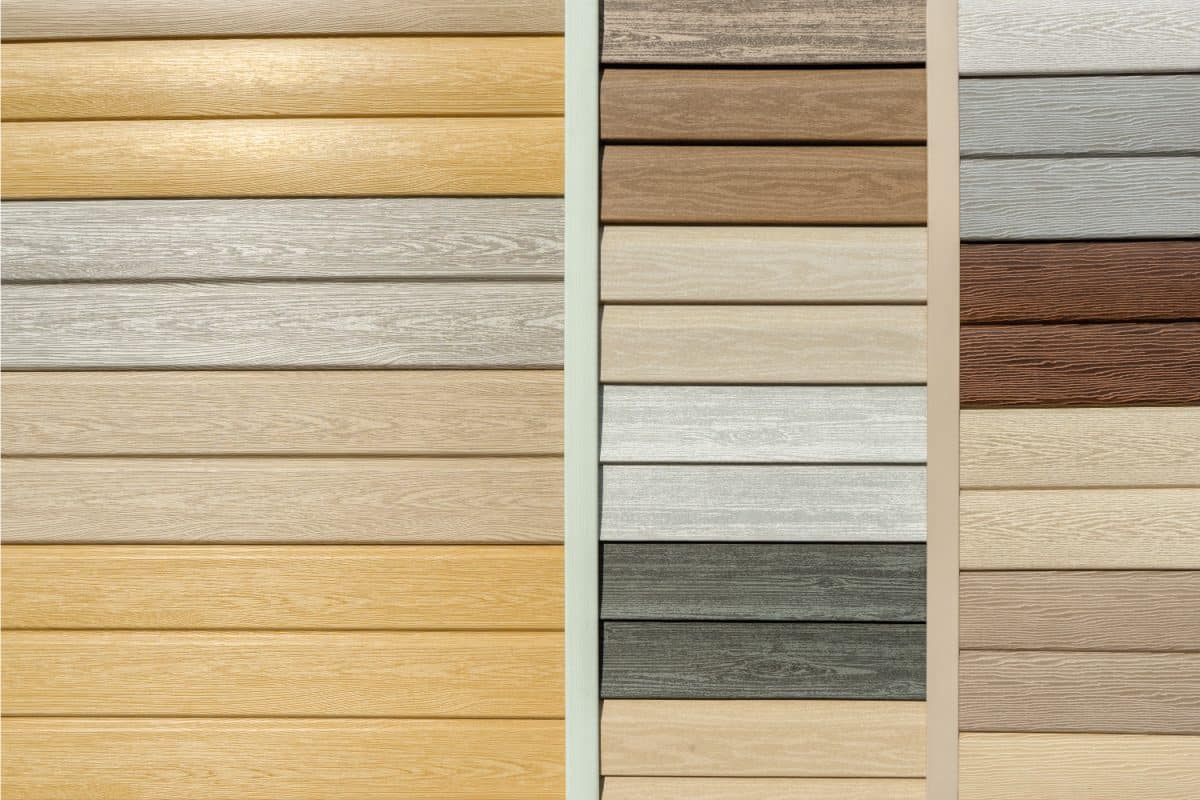
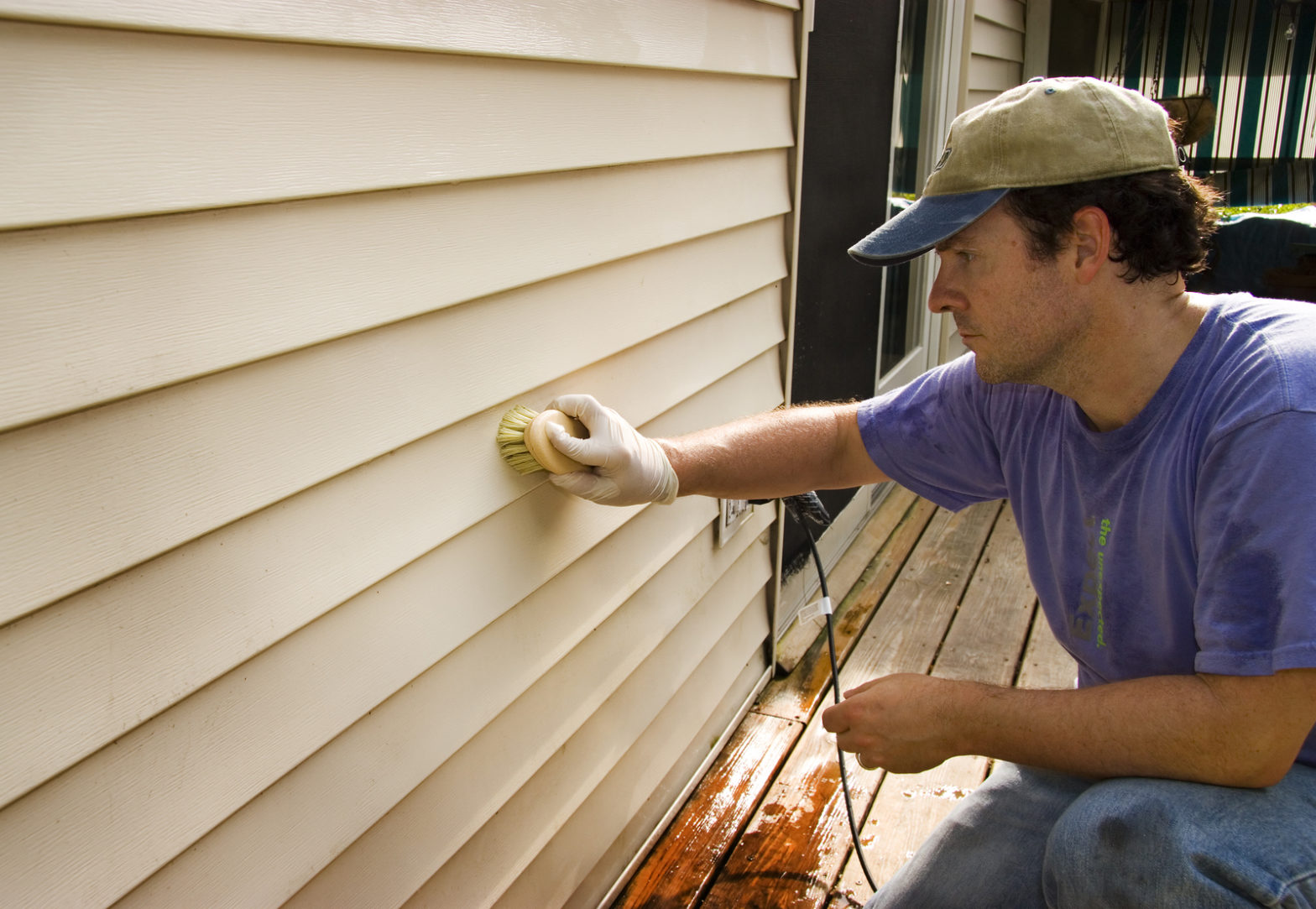
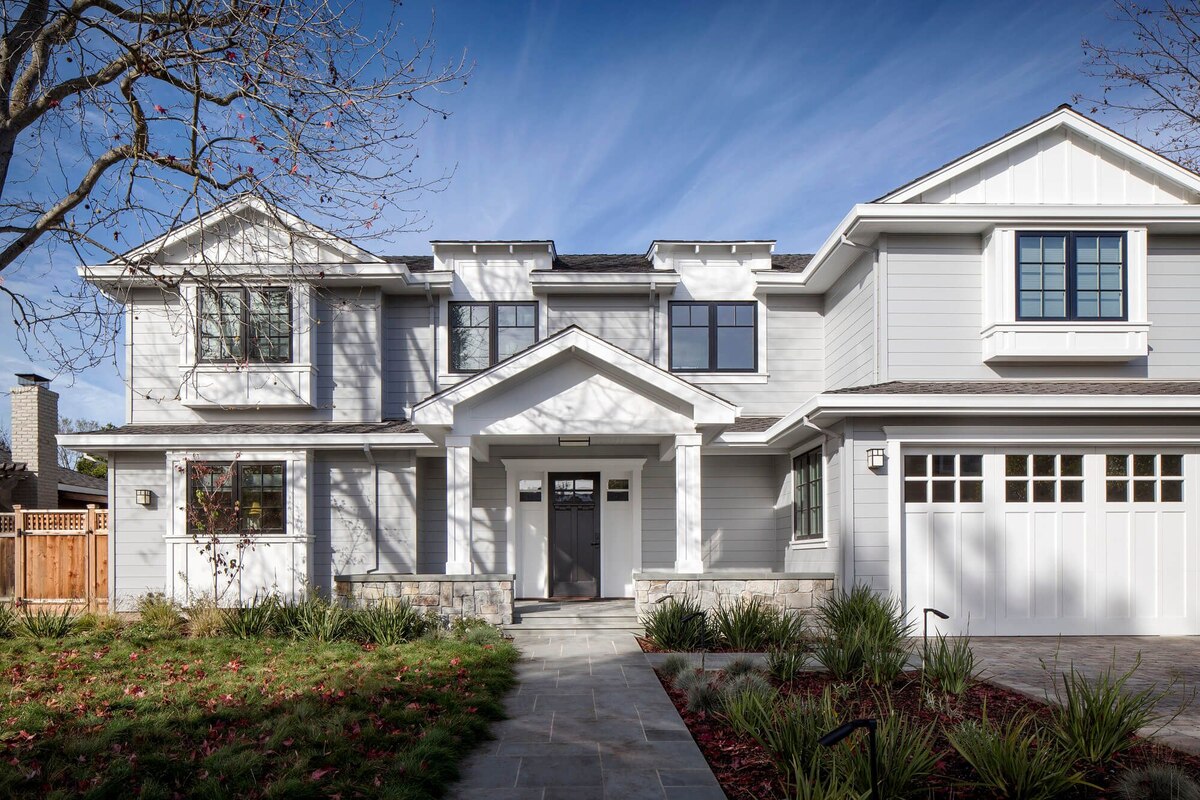
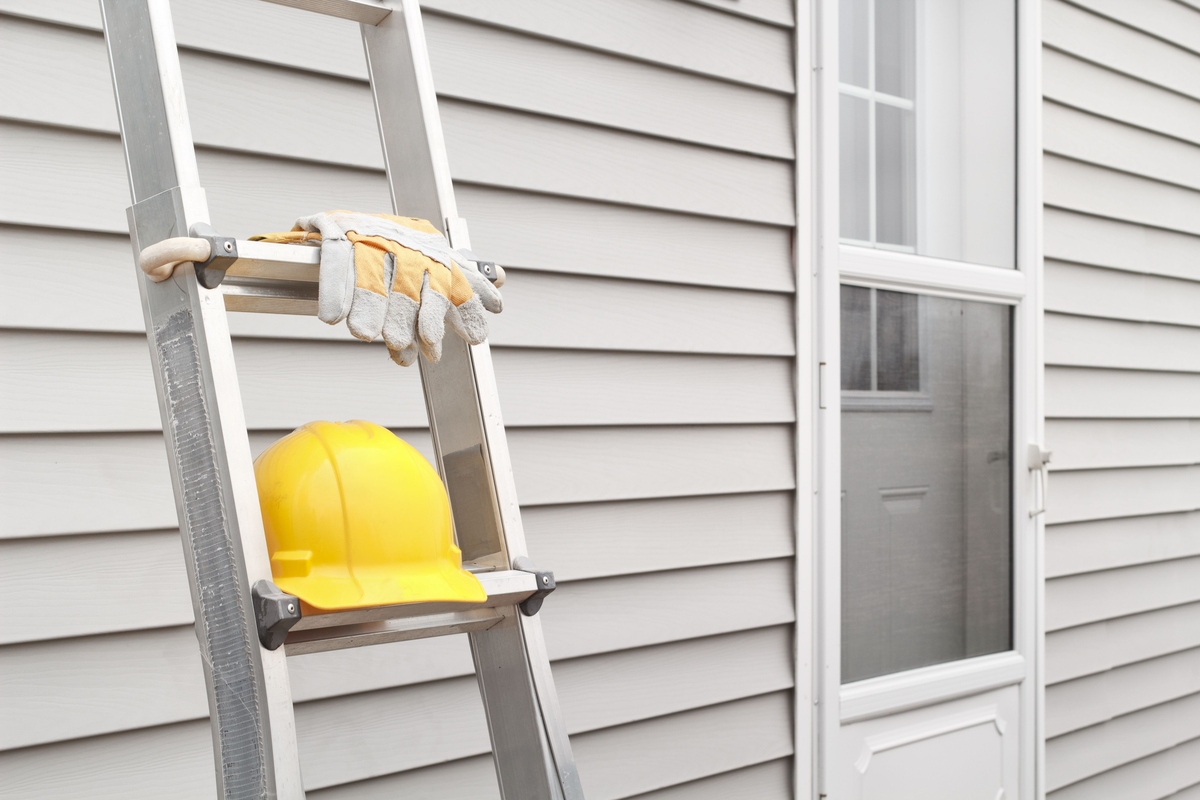
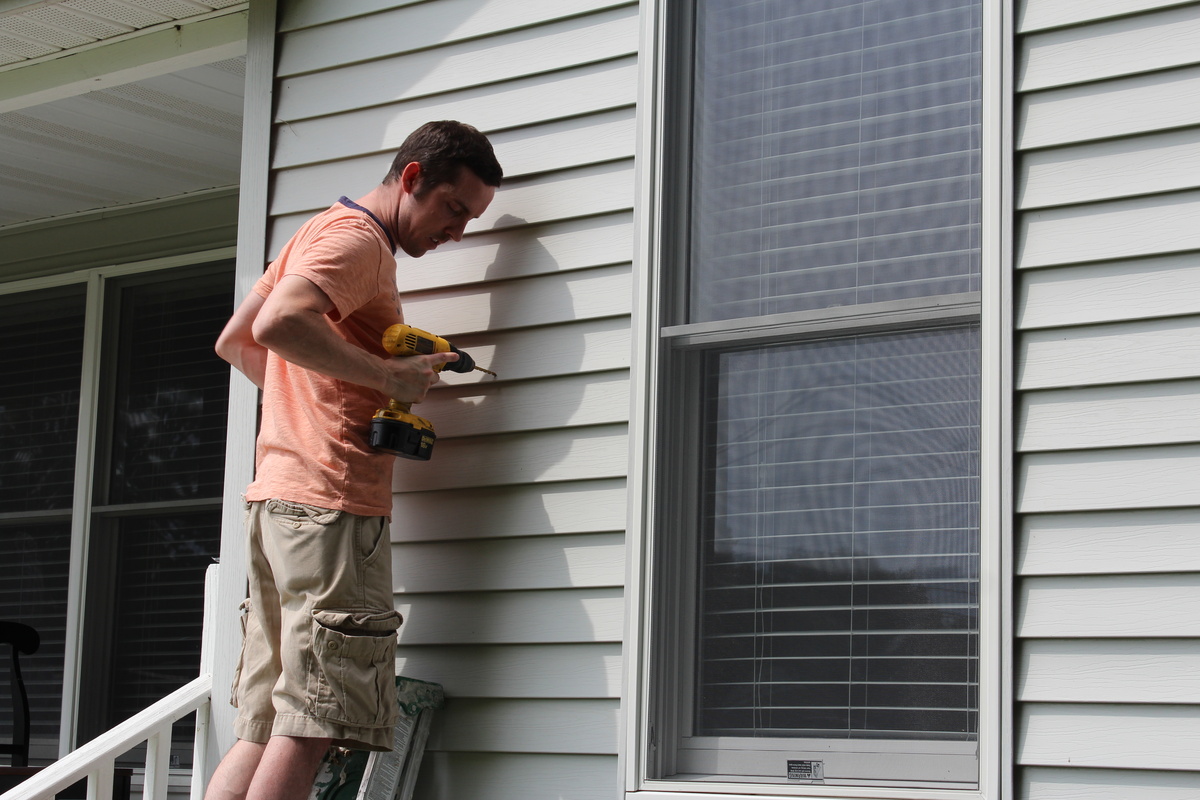
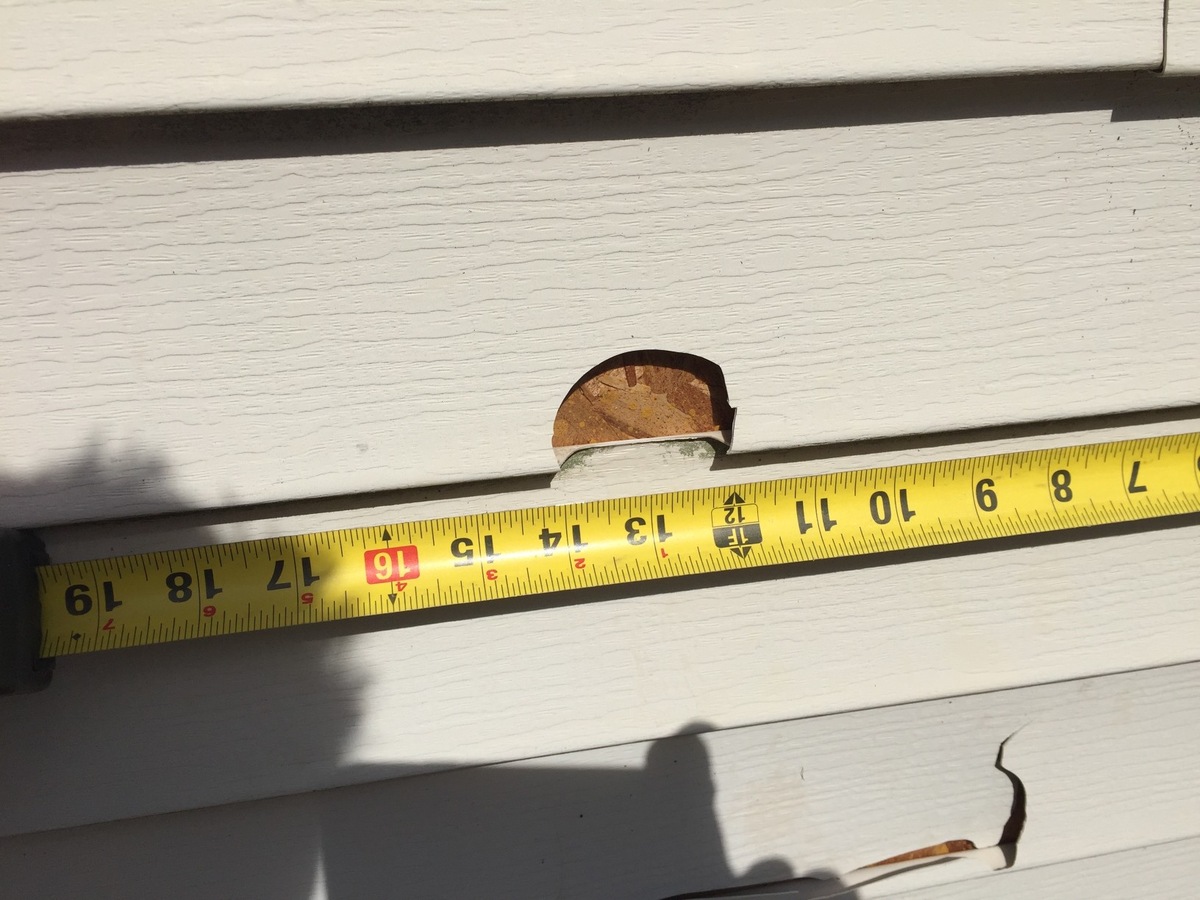
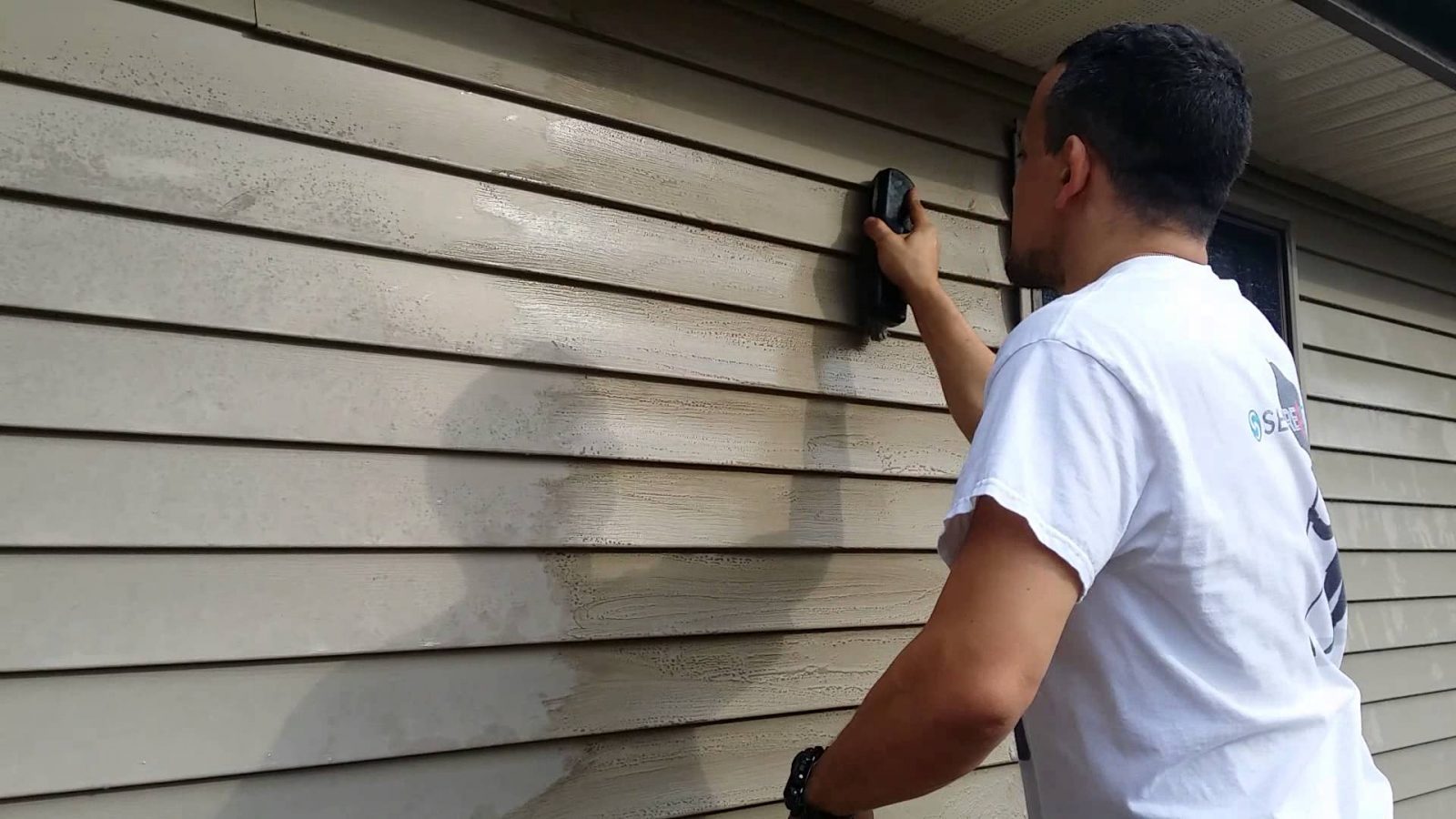
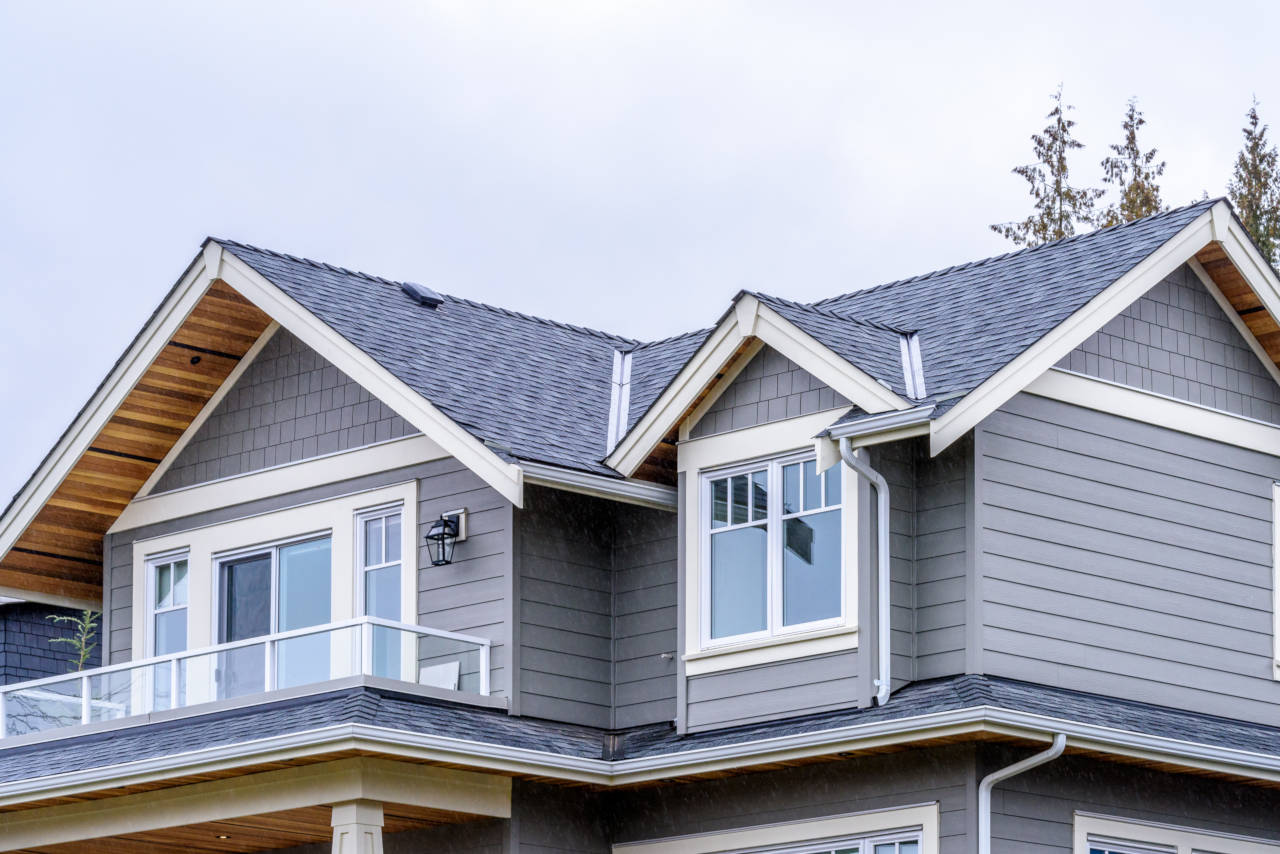
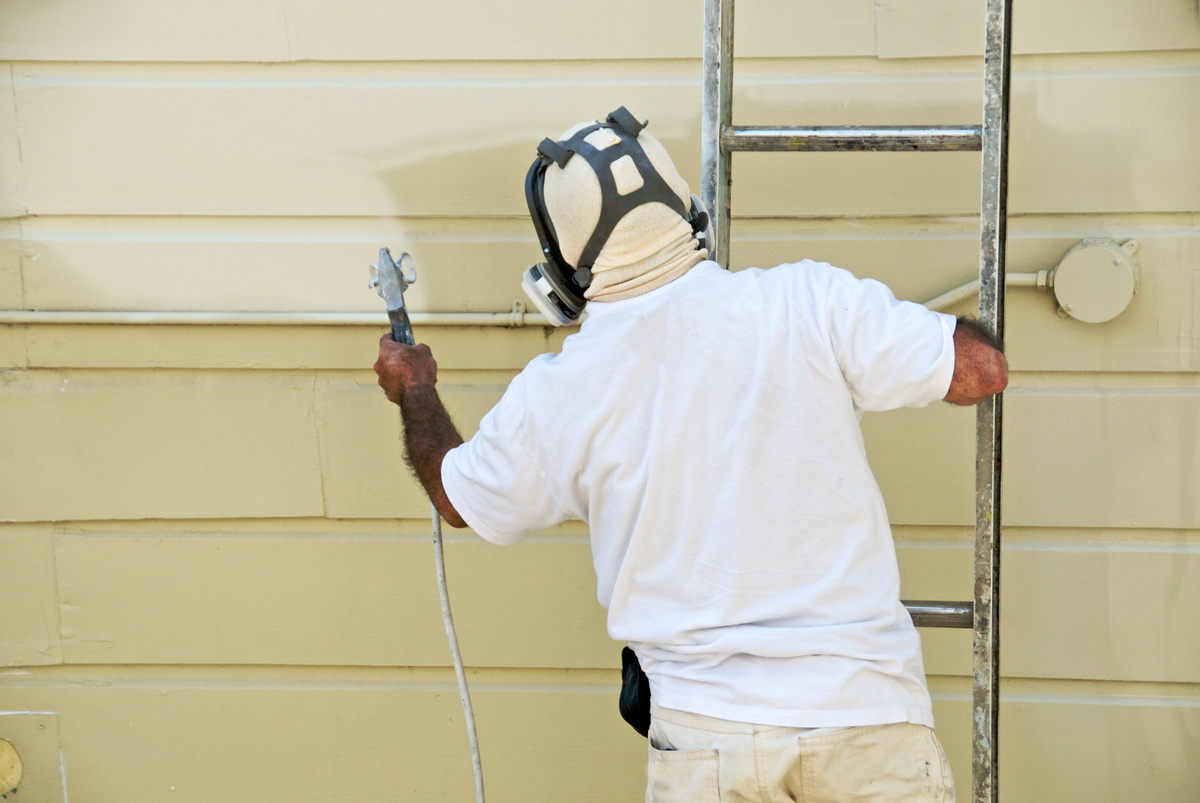
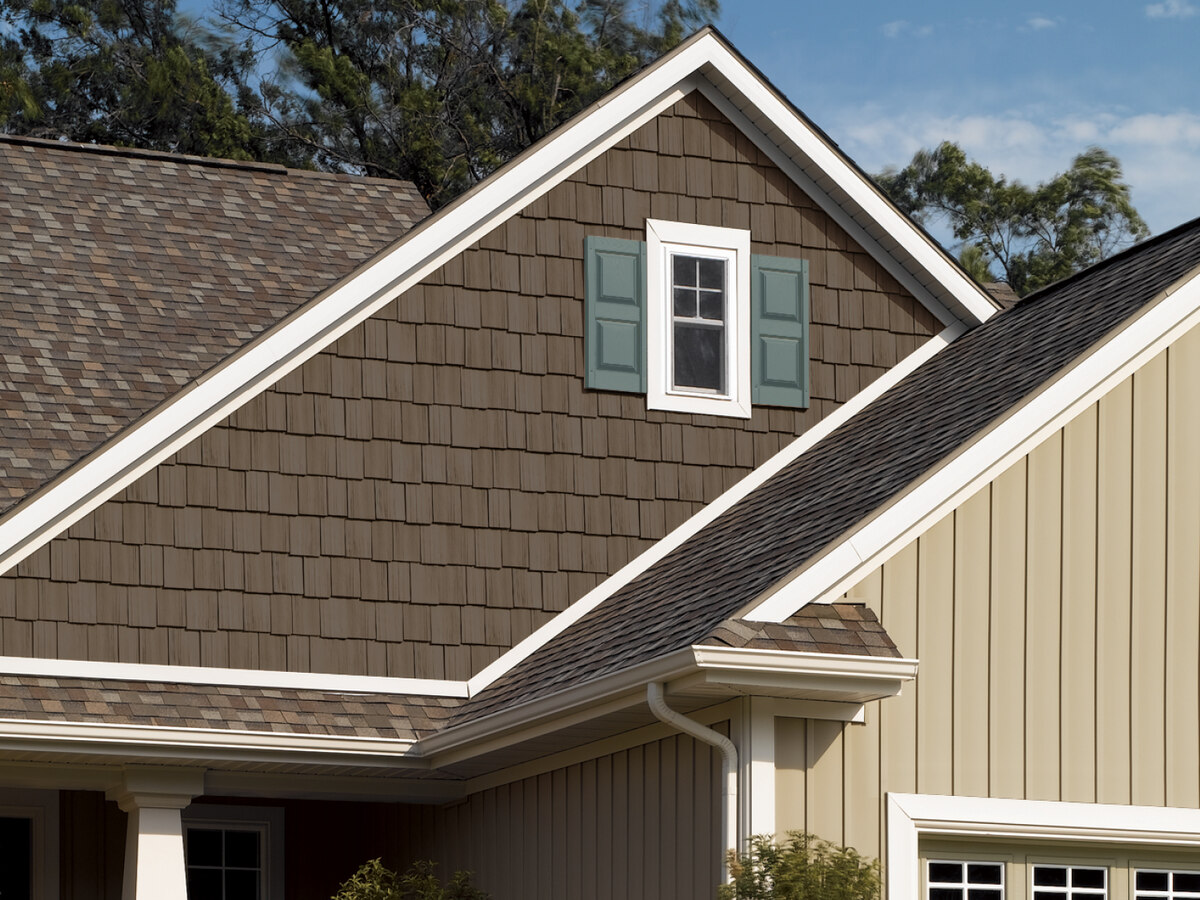
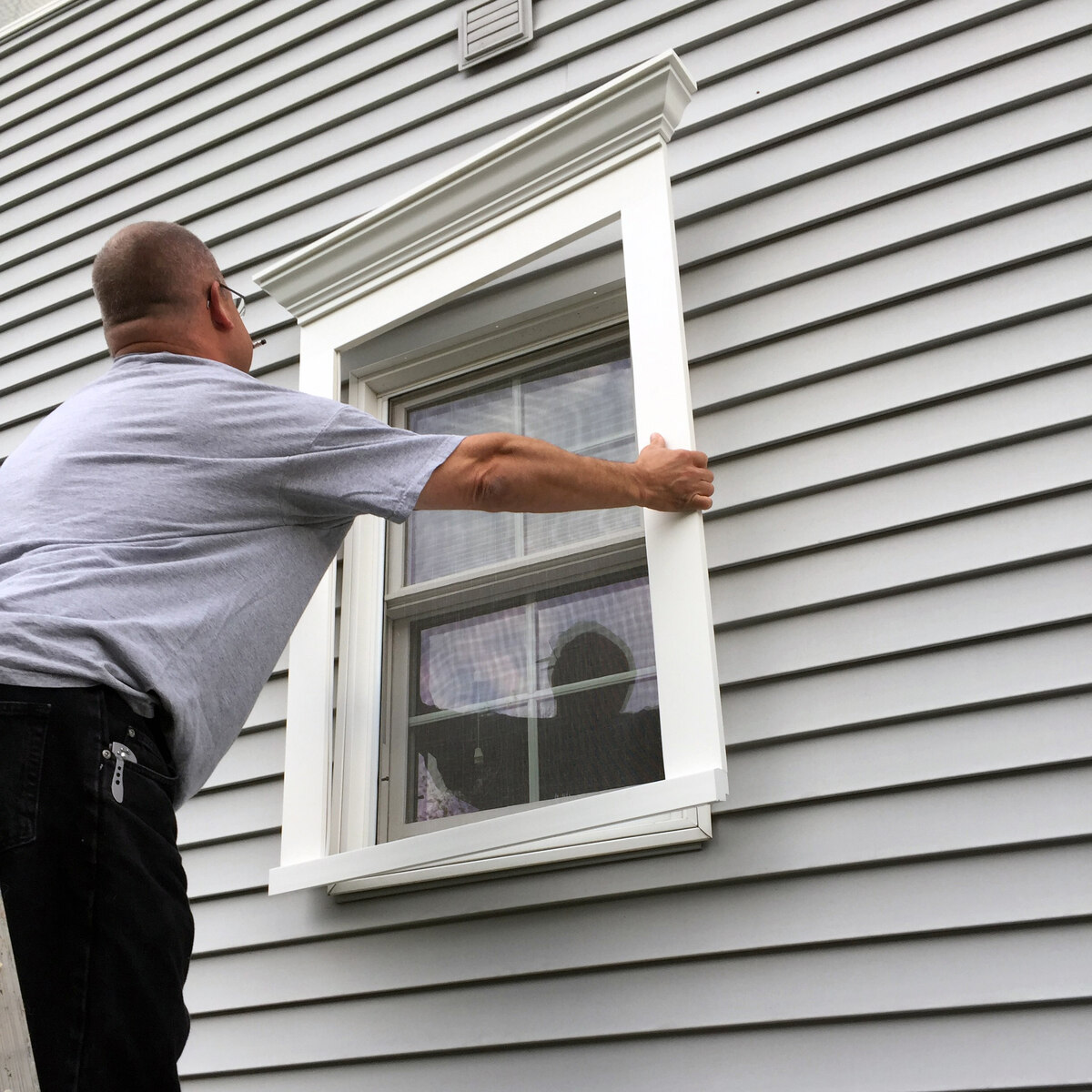
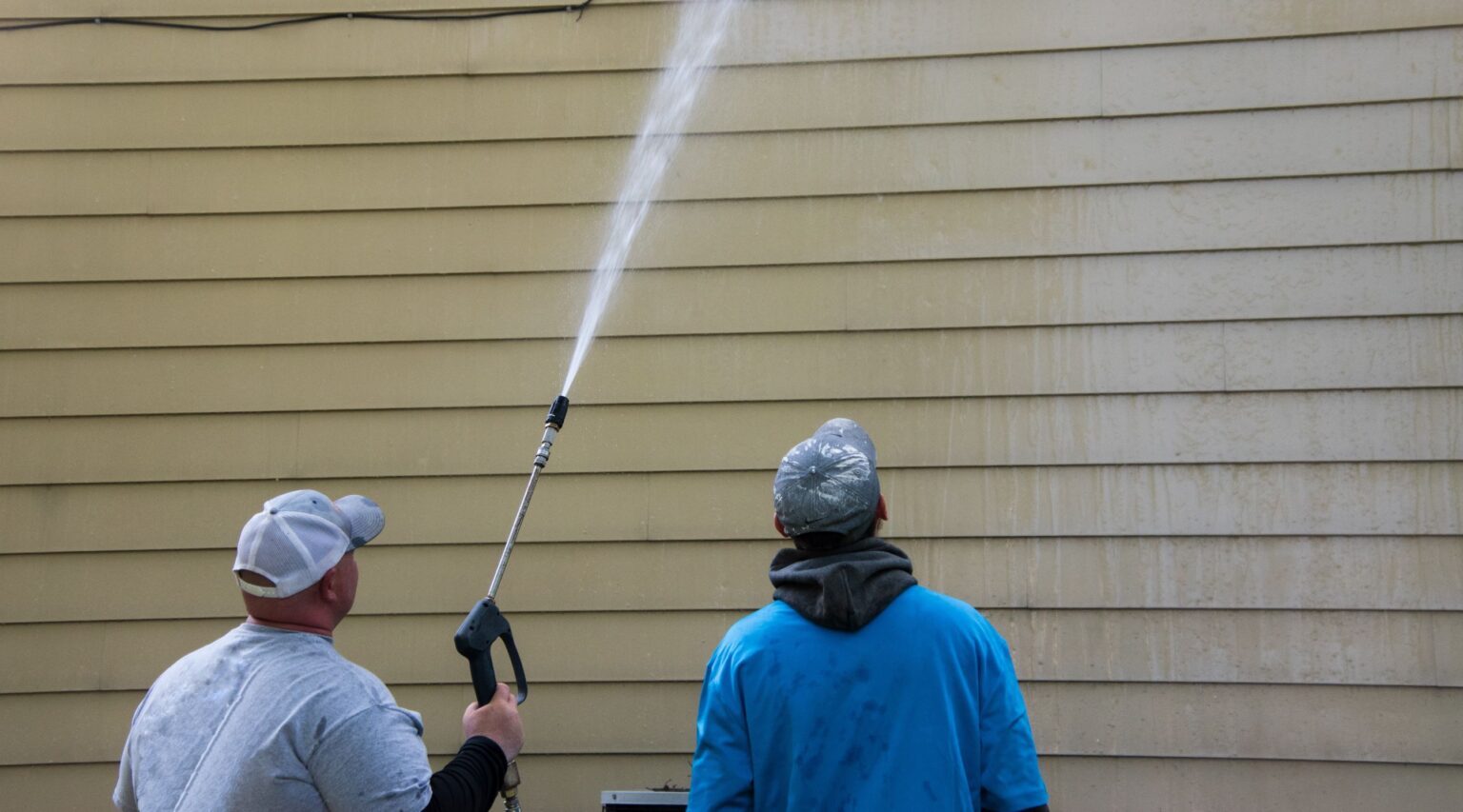
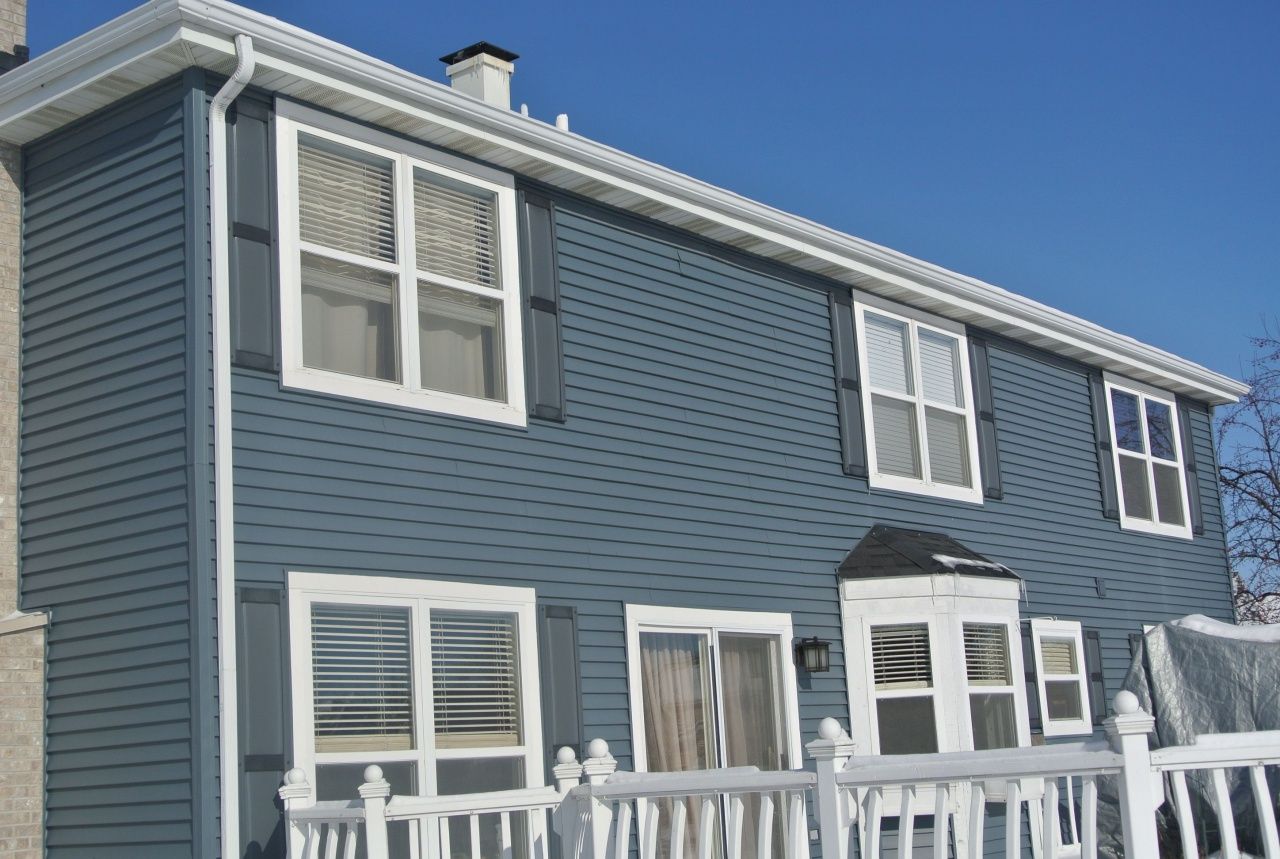
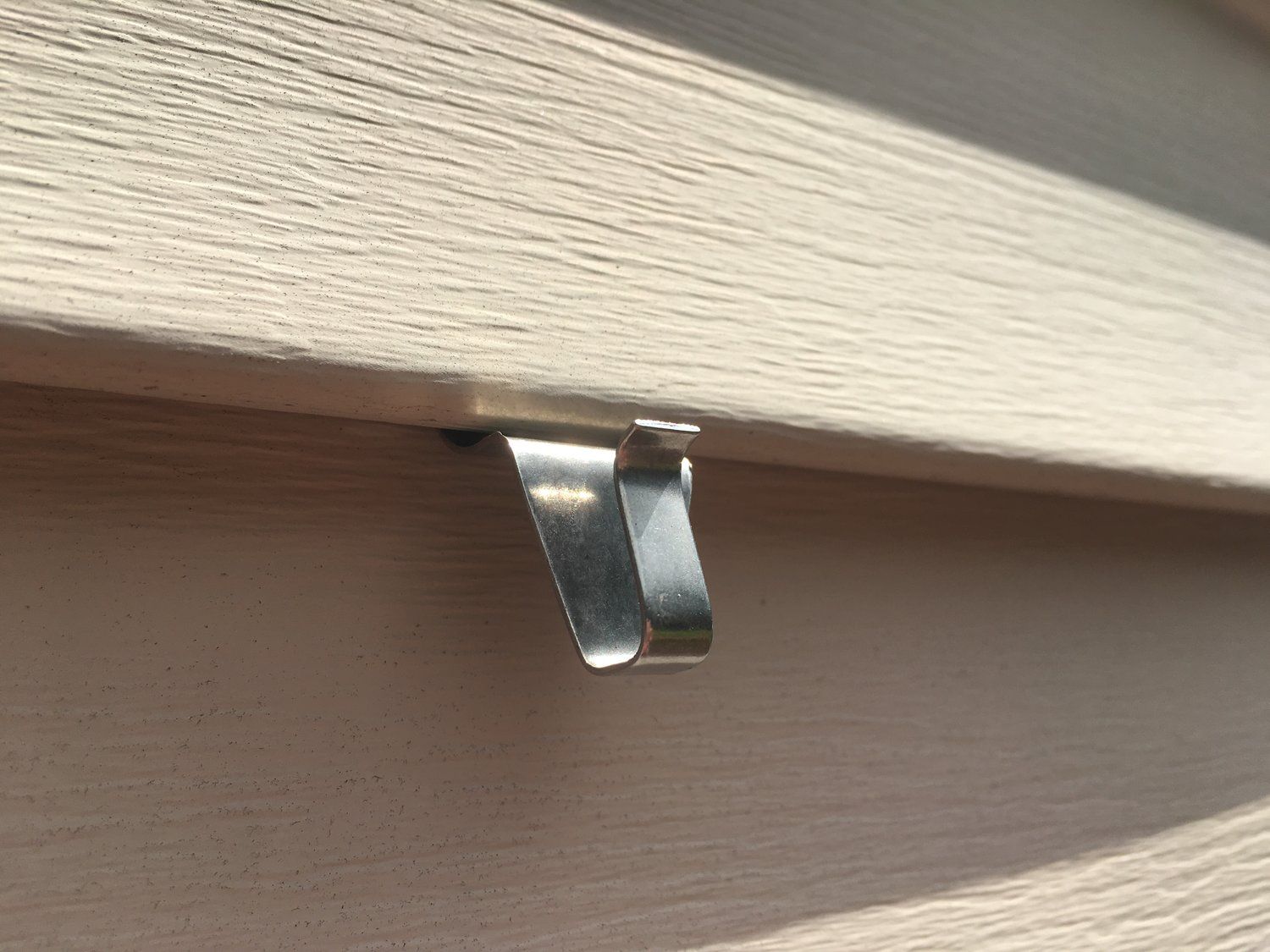

0 thoughts on “How Much Is Insulated Vinyl Siding”